Most healthcare professionals are required to update their resuscitation skills annually. Although this can be achieved in a number of ways, most of our primary care staff clients opt for a face to face session, improving their practical experience, supervision and ability to retain the skill for longer.
However we recognise that with the current covid-19 situation, healthcare staff are under more pressure than before and need more time to look after their patients.
With this in mind, we are now offering some alternatives to our traditional half day CPR courses to reduce the time out of clinic that staff need to update their mandatory training.
Option 1 (CPD certified) Blended Learning
What is blended learning you might say?
“Blended learning is an approach to education that combines online educational materials and opportunities for interaction online with traditional place-based classroom methods. It requires the physical presence of both teacher and student, with some elements of student control over time, place, path, or place.” (Wikipedia)
Your staff can access our online theory training and then our trainers can come to your site for the same amount of time, but see individuals for short practical /assessment periods of around 30 minutes, so the whole team is not required for the afternoon. We can get through assessing your team over an afternoon.


Option 2 (CPD certified) Online eLearning
Our online training module (CSTF Level 2) covers CPR for adults and children, the use of an AED and also signs and symptoms of anaphylaxis. It is an interactive course, with visual videos and an assessment at the end of the module

Other chances to our training in response to Covid19
- We will not be demonstrating or expecting participants to demonstrate mouth to mouth on their training sessions, instead they will talk through the procedure
- Trainers will all be given instructions on cleaning of the manikins between participant practise for chest compression’s
What should YOU do if you come across someone in cardiac arrest?

Resuscitation Council UK Statement on COVID-19 in relation to CPR and resuscitation in first aid and community settings
Because of the heightened awareness of the possibility that the victim may have COVID-19, Resuscitation Council UK offers this advice:
- Recognise cardiac arrest by looking for the absence of signs of life and the absence of normal breathing. Do not listen or feel for breathing by placing your ear and cheek close to the patient’s mouth. If you are in any doubt about confirming cardiac arrest, the default position is to start chest compressions until help arrives
- Make sure an ambulance is on its way. If COVID 19 is suspected, tell them when you call 999
- If there is a perceived risk of infection, rescuers should attempt compression only CPR and early defibrillation until the ambulance (or advanced care team) arrives. Put hands together in the middle of the chest and push hard and fast
- Early use of a defibrillator significantly increases the person’s chances of survival and does not increase risk of infection
- If the rescuer has access to personal protective equipment (PPE) (e.g. FFP3 face mask, disposable gloves, eye protection), these should be worn
- After performing compression-only CPR, all rescuers should wash their hands thoroughly with soap and water; alcohol-based hand gel is a convenient alternative. They should also seek advice from the NHS 111 coronavirus advice service or medical adviser
Guidance on CPR in patients with a COVID-19 like illness or a confirmed case of COVID-19 in healthcare settings (Resuscitation Council UK)
- Patients with a COVID-19 like illness, who are at risk of acute deterioration or cardiac arrest, should be identified early. Appropriate steps to prevent cardiac arrest and avoid unprotected CPR should be taken. Use of physiological track-and-trigger systems (e.g. NEWS2) will enable early detection of acutely ill patients. Patients for whom a ‘do not attempt cardiopulmonary resuscitation’ (DNACPR) and/or other similar decision is appropriate should also be identified early
- The minimum PPE requirements to assess a patient, start chest compressions and establish monitoring of the cardiac arrest rhythm are an FFP3 facemask, eye protection, plastic apron, and gloves
- The need to don PPE may delay CPR in patients with COVID-19. Review of the processes involved (including the availability of PPE kits on resuscitation trolleys), along with training and practice, will minimise these delays. Staff safety is paramount. In a cardiac arrest of presumed hypoxic aetiology (including paediatric events), early ventilation with oxygen is usually advised. Any airway intervention performed without the correct PPE protection will subject the rescuer to a significant risk of infection. Consequently, we recommend even in presumed hypoxic arrest starting with chest compression’s
- Recognise cardiac arrest by looking for the absence of signs of life and the absence of normal breathing. Feel for a carotid pulse if trained to do so. Do not listen or feel for breathing by placing your ear and cheek close to the patient’s mouth. If there are any doubts about the diagnosis of cardiac arrest, the default position is to start chest compression’s until help arrives
- Start compression-only CPR and monitor the patient’s cardiac arrest rhythm as soon as possible. Avoid mouth-to-mouth ventilation and the use of a pocket mask. If the patient is already receiving supplemental oxygen therapy using a face mask, leave the mask on the patient’s face during chest compression’s
- Local staff (already wearing full PPE) may be able to give support whilst chest compressions are ongoing before the arrival of the resuscitation team. Other helpers and members of the resuscitation team must apply FFP3 respirators, gowns, gloves and eye protection, before taking over from the first responders to the cardiac arrest
- Defibrillate shockable rhythms rapidly – the early restoration of circulation may prevent the need for airway and ventilatory support
- Airway interventions must be carried out by experienced individuals (e.g. supraglottic airway (SGA) insertion or tracheal intubation). Individuals should only use the airway skills (e.g. bag-mask ventilation) for which they have received training. For many HCWs this will mean a two-person bag-mask technique with the use of an oropharyngeal airway. Tracheal intubation or SGA insertion must only be attempted by individuals who are experienced and competent in this procedure
- Patients may have a cardiac arrest that is caused directly by COVID-19 or because of a co-existing illness. It is important to attempt to identify and treat any reversible causes (e.g. severe hypoxaemia) before considering stopping CPR
- Dispose of, or clean, all equipment used during CPR following the manufacturer’s recommendations and local guidelines. Any work surfaces used for airway/resuscitation equipment will also need to be cleaned according to local guidelines. Specifically, ensure equipment used in airway interventions (e.g. laryngoscopes, face masks) is not left lying on the patient’s pillow, but is instead placed in a tray. Do not leave the Yankauer sucker placed under the patient’s pillow; instead, put the contaminated end of the Yankauer inside a disposable glove
- Remove PPE safely to avoid self-contamination and dispose of clinical waste bags as per local guidelines. Hand hygiene has an important role in decreasing transmission. Thoroughly wash hands with soap and water; alternatively, alcohol hand rub is also effective

Written by Jane Lambert (RGN/ECG CEO), Tuesday 10th March 2020













